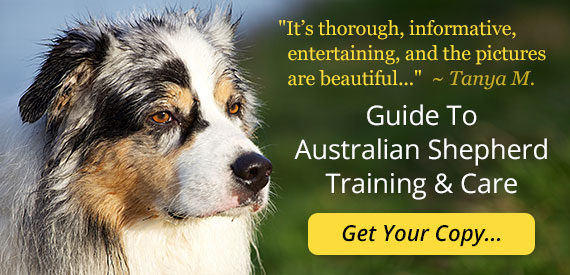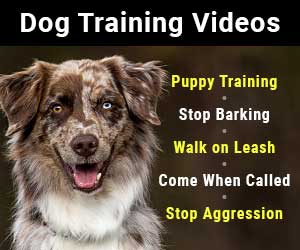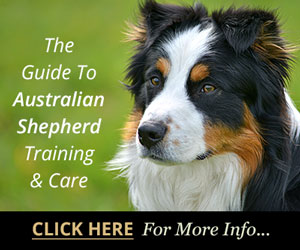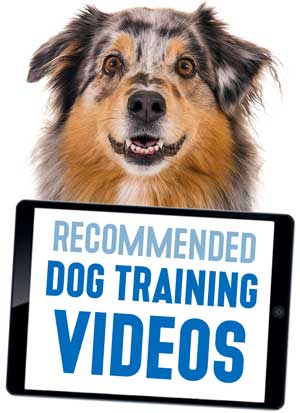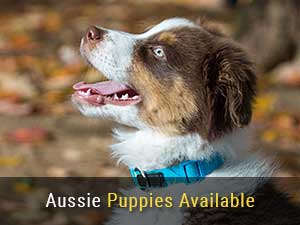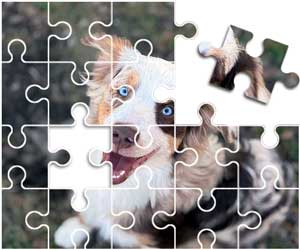
The Ins and Outs of Dog Agility Equipment
Dog agility equipment is a necessary item if you want to introduce your dog to the world of agility training. In this section, you'll find out about all of the various pieces of equipment and how to use them to train your dog. You'll also find helpful information about where to find quality affordable equipment or even build your own and how to make the best use of each individual piece.
Dog Agility Tunnel
Any discussion of dog agility training equipment wouldn't be complete without mentioning the dog agility tunnel. Tunnels are one of the most popular agility obstacles as they can mimic the dog's natural ability to dig and crawl when going after prey. Tunnels come in a range of sizes, with the shorter ones often paired with a flexible chute for increasing the difficulty level.
Weave Poles
Another popular piece of dog agility equipment is weave poles. These are a series of poles, generally spaced 24" apart, that your dog must learn to navigate in an in-and-out pattern to demonstrate speed and dexterity. While they may seem like one of the more simple types of agility dog training equipment, learning to cleanly pass through the weave poles may take more work than you realize. Most dogs will eventually be able to pick up this part of the agility course with ease; all it takes is a little patience on your part.
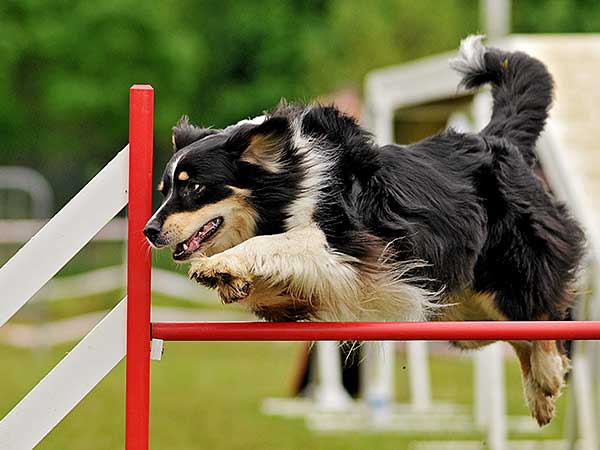
beatrix kido / stock.adobe.com
Different dog agility equipment like tunnels, weave poles, jumps, A-frames, seesaws, and dog walks challenge your dog in unique ways.
Agility Dog Jumps
Of course, running and tunneling are only one part of the agility course. Dog agility jumps are another common obstacle. Much like the jumps used in equestrian events, these are flexible pieces of dog agility training equipment that can be adjusted to different heights as training progresses. Jumps come in two styles – straight bars and hoop style, also known as the tire jump.
Changing Gears With Contact Obstacles
While agility tunnels, jumps, and weave poles are known for their speed, "contact obstacles" slow things down a bit and demonstrate your dog's confidence, balance, and precision. Contact obstacles include A-frames, seesaws or teeters, and dog walks.
Using a pause box or pause table to include timed breaks in your agility routine introduces a complete stop. Pausing is an important part of the overall agility experience as it shows how well you and your dog are able to work together, and that's one of the main goals of agility training.
Putting Dog Agility Equipment Together Into A Course
While learning each of these pieces of dog agility equipment is obviously important, so too is putting them together into a course. The idea is to combine the various pieces of equipment so that your dog is being challenged on every level. Linking the various skills together not only works out your dog physically but also gives his brain a workout as he must think his way through the obstacles while following your commands. You can get a dog agility training kit so you have a variety of obstacles to get you started.
To Build Or To Buy Agility Equipment
Along with information on each of the pieces of agility dog training equipment, this section of the site has information about where to find affordable equipment, advice on buying used equipment, which can be a money saver for newcomers just starting out in what can be a very expensive sport, and what other supplies you might need for your agility training. It is possible to find cheap agility equipment without completely sacrificing quality.
One great way to join the fun is with a dog agility starter kit which gives you a selection of pieces you can try out with your dog. Most of them are portable and come with a handy carrying bag. These are ideal for practicing in your yard or nearby park.
You can get started even more inexpensively with DIY dog agility set from items you may already have around the house. You can take on a DIY project or re-purpose things like children's toys for your agility course. Be creative and think outside the box... or over the box... or through the box... ;)
For the handy agility fan dog agility equipment plans can give you a headstart on a DIY project. Building agility equipment yourself can be a relatively inexpensive option, at least for the simpler obstacles.
If you are going to build your own dog agility training equipment you can save a few bucks by using regular PVC piping. It may have some writing on it but it will cost less than furniture grade PVC piping. Going with furniture grade will look nicer though and will give you more options for connectors.
If it is for backyard use you can also get away with smaller diameter piping than for competition use. For example, instead of 1 inch piping the American Kennel Club (AKC) requires a 1 1⁄4 to 1 3⁄4 inch diameter for bar jumps.
Some manufacturers don't use PVC and choose to build their agility equipment from very durable aluminum instead. This is good if the equipment is going to be exposed to the elements.
Whether you decide to build your own agility equipment, buy less expensive backyard models, or go all out and buy competition grade be sure to make sure it is safe for your Aussie.
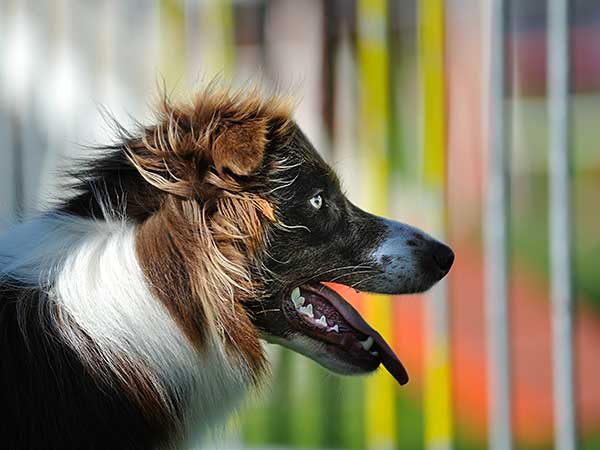
evelynebrun / stock.adobe.com
Make Sure Your Dog Agility Equipment is Safe
Whether you are using your own dog agility equipment or a competition course check the equipment for safety. For example, I've heard of a tunnel being improperly anchored with a chain holding it down between the ribs (instead of across a rib). Where the chain went across the top it pushed the tunnel roof down a couple of inches. Although the dog fit into the opening of the tunnel, they were hurt when they raced in and hit an anchored chain with their head. Ouch! At full tilt that's gotta hurt.
As agility equipment is subjected to normal wear and tear, as well as being exposed to the elements, it can be damaged. Plastic pieces may get cracks and slip-proofing can wear out. Make sure to check your equipment and fix any safety problems you find.
On Course For Fun!
You'll learn about building both indoor and outdoor courses, each of which can have their own unique challenges, and for the more handy dog owner, how to build your own equipment out of household items.
If you're interested in setting up an agility course for your dog, check out the information here and you'll learn everything there is to know about the equipment you need. What if you are stuck indoors? Indoor dog agility equipment can include household items used in creative ways or regular equipment used one or two pieces at a time within space constraints.
This dog sport is about more than just dog agility equipment. There are other dog agility supplies you will want to keep on hand to keep your agility training on track, as well as comfortable and safe for your dog. You'll also learn about obedience training, communicating with your dog, and building a better bond.
Soon you'll be attending events like those put on by the American Kennel Club (AKC), your local club, or just friends getting together for a fun afternoon at the park.
What Kind Of Dog Agility Equipment Will You Need to Get Started?
Most dog agility supply manufacturers and distibutors have starter packages available. There are also different starter packages. Usually you can get going with just a dog agility jump and weave.
Add an agility teeter, a tunnel, or a tire jump for variety. But you don't have to start there. Try whatever you like, so long as it works for you and your Aussie and you are both having fun, go for it!
You may have to modify how you work with it if your puppy is still young. For example agility jump bars may have to be put on the ground or very low. You still train to learn the routine and for communication but avoid the potential for injury to your puppy.
If you are handy you can even build your own custom dog agility equipment. This can be done fairly inexpensively. Free dog agility training equipment plans are available and are fairly simple to build but by the time you get plans, buy parts, spend hours cutting and assembling you might want to consider buying agility equipment if, like me, you're not very handy.
Have Dog Training Questions?
Check out these introductory dog training videos...
I want my dog to stop being aggressive.
I want some help training my new puppy.
I want my dog to stop barking at everything.
Get Australian Shepherd Info, Website Updates, Special Offers, and Cartoons...
FREE GIFT
You'll also receive a free copy of the ebook
My Everyday Dog Training Tools
by professional dog trainer Daniel Abdelnoor, "Doggy Dan"

